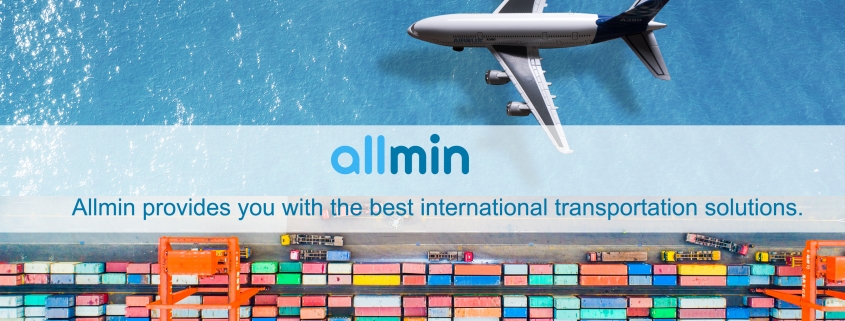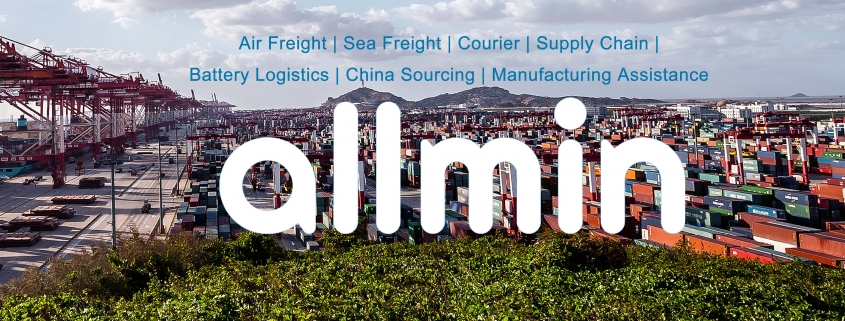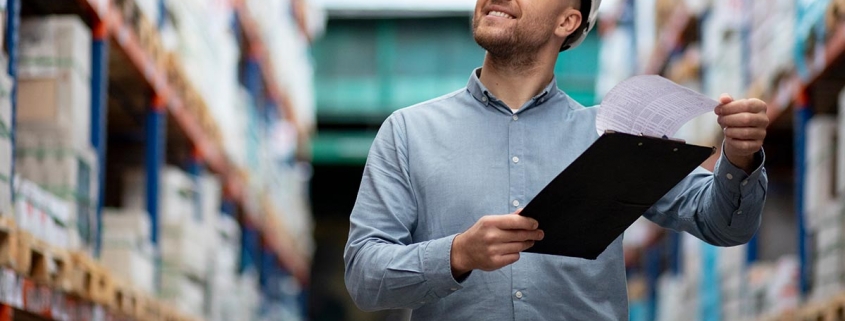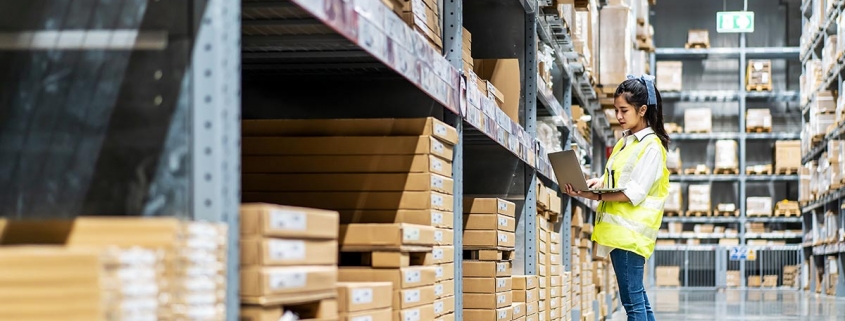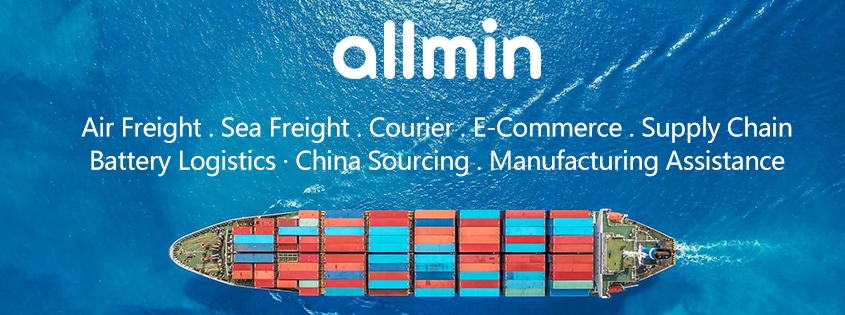【International Logistics: Exploring the Application of Logistics Visualization Technology in Global Supply Chains】
Hey everyone! Today, we’re exploring a hot topic— the application of logistics visualization technology in global supply chains. With the globalization and complexity of supply chains, logistics visualization technology is bringing revolutionary changes to international logistics.
Firstly, what is logistics visualization technology? Logistics visualization utilizes data analytics, artificial intelligence, cloud computing, and other technologies to present each stage of the supply chain in real-time on an intuitive platform. Through this platform, businesses can have a clear understanding of the movement of goods in the global supply chain, inventory status, delivery progress, and other information.
Secondly, what are the benefits of applying logistics visualization technology to global supply chains? Firstly, it provides real-time monitoring and alerting capabilities, helping businesses identify and resolve potential logistics issues promptly, reducing delays and losses. Secondly, it optimizes logistics planning and transportation routes, improving transportation efficiency, and lowering transportation costs. Additionally, logistics visualization technology enhances supply chain transparency and strengthens collaboration and communication among businesses and partners.
Next is the hot topic of logistics visualization technology. In recent years, with the advancement of digital transformation in the logistics industry, logistics visualization technology has become a popular topic in the field. More and more companies are realizing the importance of logistics visualization technology and investing in research and application.
Lastly, the future prospects of logistics visualization technology. With continuous technological advancements, logistics visualization technology will become more intelligent and detailed. It will provide more precise and efficient management tools for global supply chains, further promoting the development of international logistics.
In conclusion, the application of logistics visualization technology in global supply chains is a cutting-edge topic. Through logistics visualization technology, companies can achieve optimized supply chain management, improve operational efficiency, and reduce costs. What do you know and think about logistics visualization technology? Feel free to share your thoughts in the comments section! #InternationalLogistics #LogisticsVisualization #GlobalSupplyChains


